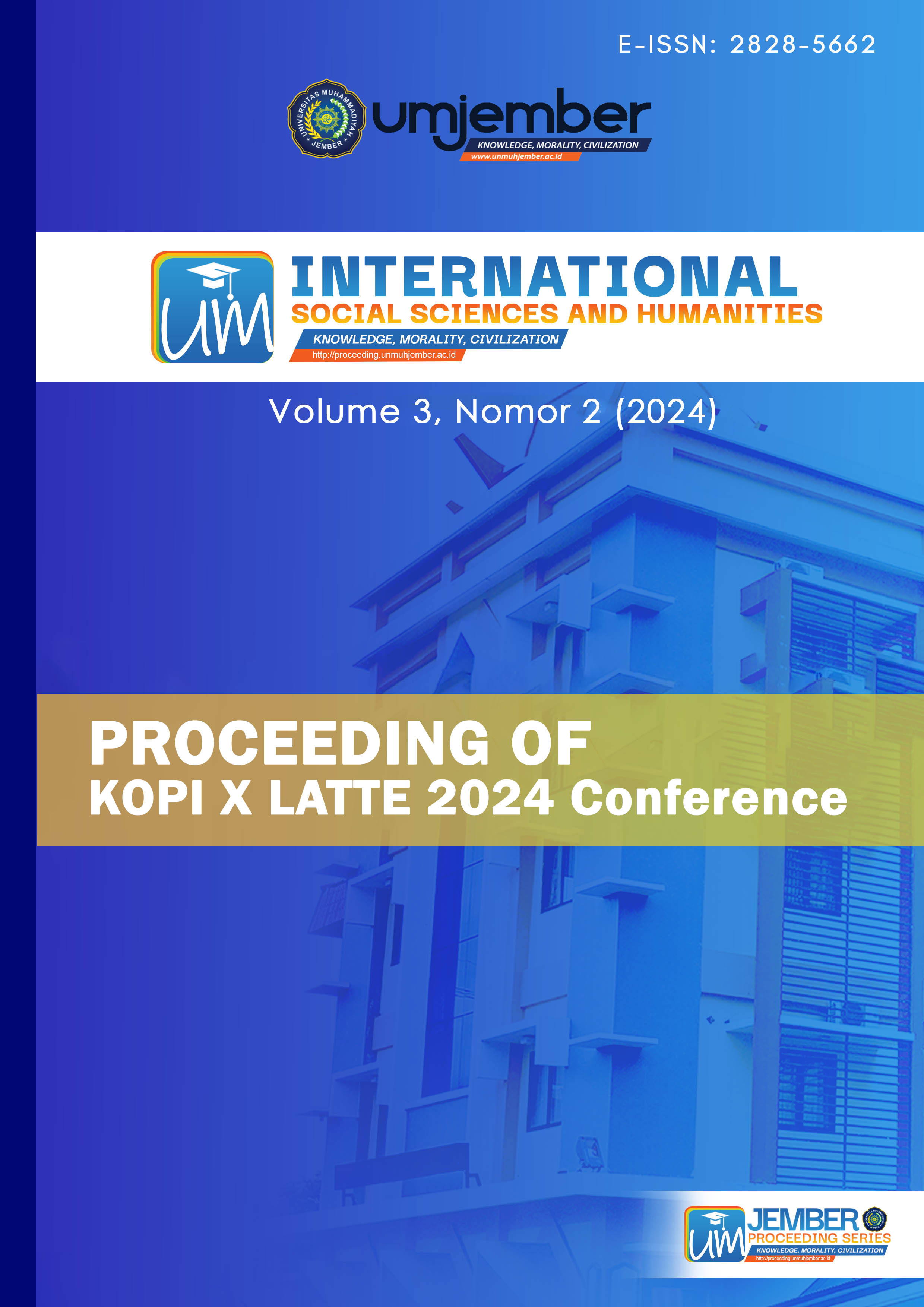The Use Of Information Technology Among Early Childhood Teachers: A Research Exploration
DOI:
https://doi.org/10.32528/issh.v3i2.618Keywords:
Information Technology, Early Childhood Education Teachers, IT Integration, Digital LearningAbstract
The integration of Information Technology (IT) in early childhood education has gained considerable attention in recent years. This research investigates the use of IT among early childhood teachers, exploring the benefits, challenges, and implications of IT integration in early childhood education. The subjects of the research were Early Childhood Teachers from All TK Aisyiyah in Jember. They were 60 teachers. The data was then analyzed descriptively. Through a mixed-methods approach, including a comprehensive literature review and qualitative analysis of survey data collected from early childhood educators, this study provides insights into the current landscape of IT utilization, identifies key factors influencing its adoption, and offers recommendations for effective IT integration in early childhood education. Moreover, the results show that IT is believed to be undeniably important in education and most teachers realized its importance, therefore, they applied IT as good as they can. However, to be able to maximally use IT, they need supports from school such as provide training, etc.
Downloads
References
Anderson, T., & Dron, J. (2011). Three generations of distance education pedagogy. The International Review of Research in Open and Distributed Learning, 12(3), 80-97.
Barron, B., & Darling-Hammond, L. (2010). How can we teach for meaningful learning? In Using Technology Evaluation to Enhance Student Learning (pp. 17-34). ASCD.
Cuban, L. (2013). Inside the black box of classroom practice: Change without reform in American ed-ucation. Harvard Education Press.
Dede, C. (2010). Comparing frameworks for 21st century skills. 21st century skills: Rethinking how students learn, 51-76.
Ertmer, P. A., & Ottenbreit-Leftwich, A. T. (2010). Teacher technology change: How knowledge, con-fidence, beliefs, and culture intersect. Journal of Research on Technology in Education, 42(3), 255-284.
Fullan, M. (2013). Stratosphere: Integrating technology, pedagogy, and change knowledge. Pearson.
Henderson, S., & Yeow, J. (2012). iPad in education: A case study of iPad adoption and use in a pri-mary school. Proceedings of the 24th Australian Computer-Human Interaction Conference (pp. 193-196). ACM.
Johnson, L., Adams Becker, S., Cummins, M., Estrada, V., Freeman, A., & Ludgate, H. (2013). NMC Horizon Report: 2013 K-12 Edition. The New Media Consortium.
Jornet, A., & Noguera, I. (2014). Information and communication technology in primary education: An analysis of the literature. International Journal of Educational Technology in Higher Educa-tion, 11(1), 73-93.
Mishra, P., & Koehler, M. J. (2011). Technological Pedagogical Content Knowledge (TPACK): Emerg-ing Research and Opportunities. In Handbook of Research on Educational Communications and Technology (pp. 101-111). Springer.
Passey, D., & Rogers, C. (2014). The Motivational Effect of ICT on Pupils. Springer.
Puentedura, R. R. (2011). SAMR: A Model for Enhancing Technology Integration. Available online: http://www.hippasus.com/rrpweblog/archives/2011/01/29/SAMR_A_ModelForEnhancingTechnologyIntegration.pdf
Schleicher, A. (2015). Schools for 21st-Century Learners: Strong Leaders, Confident Teachers, Inno-vative Approaches. Organisation for Economic Co-operation and Development.
Selwyn, N. (2016). Education and technology: Key issues and debates. Bloomsbury Publishing.
Warschauer, M. (2011). Learning in the cloud: How (and why) to transform schools with digital media. Teachers College Press.
Weller, M. (2015). MOOCs and Open Education: Implications for Higher Education. Routledge.
Zhao, Y. (2016). From isolation to integration: Ten years of learning with ICT in education. Educa-tional Technology, 56(6), 7-11.
Downloads
Published
Issue
Section
License

This work is licensed under a Creative Commons Attribution-NonCommercial 4.0 International License.


